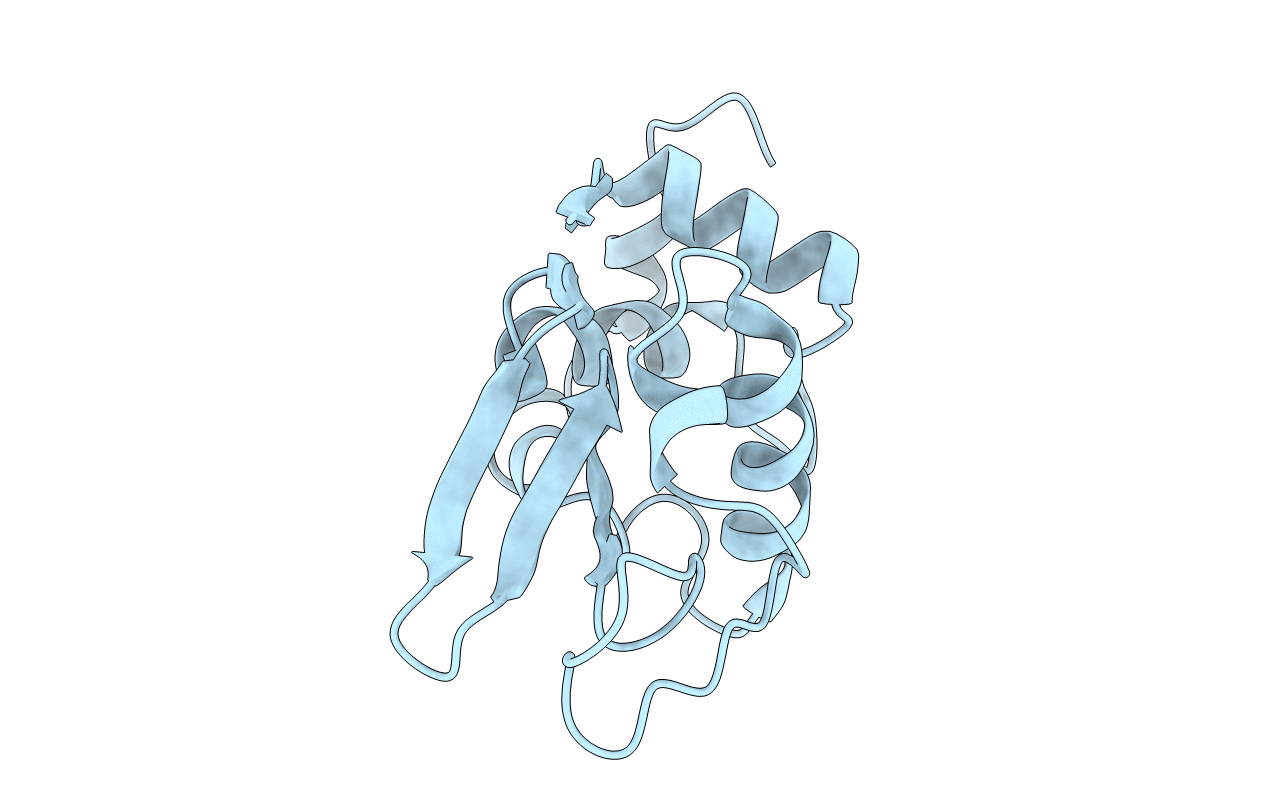
Deposition Date
1998-01-16
Release Date
1998-04-29
Last Version Date
2024-11-13
Entry Detail
PDB ID:
1XEI
Keywords:
Title:
THE CRYSTAL STRUCTURES OF LYSOZYME AT VERY LOW LEVELS OF HYDRATION
Biological Source:
Source Organism:
Gallus gallus (Taxon ID: 9031)
Method Details:
Experimental Method:
Resolution:
2.10 Å
R-Value Free:
0.26
R-Value Work:
0.18
Space Group:
P 1 21 1


